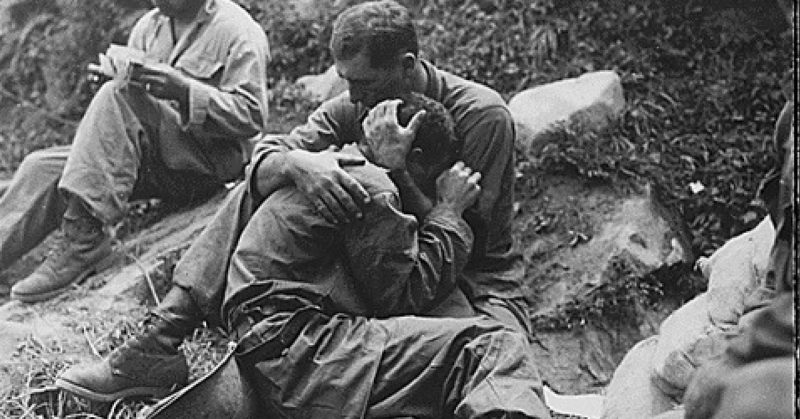Even during WWII, one of the largest and most deadly conflicts in recent history, there were moments of humanity and compassion.
Here are three of these amazing moments.
WWII German Flying Ace Saves Ravaged US Bomber
In the cold skies over far northern Germany, planes were battling it out in temperatures below -75 degrees Fahrenheit.
On the ground, near Bremen, an accomplished pilot with 22 kills, Franz Stigler, was refueling his plane, a Messerschmitt Bf 109 G-6, which was at risk of overheating because of a bullet in its radiator. Stigler was watching the air, and he saw a tattered US bomber so beaten up it could barely fly.
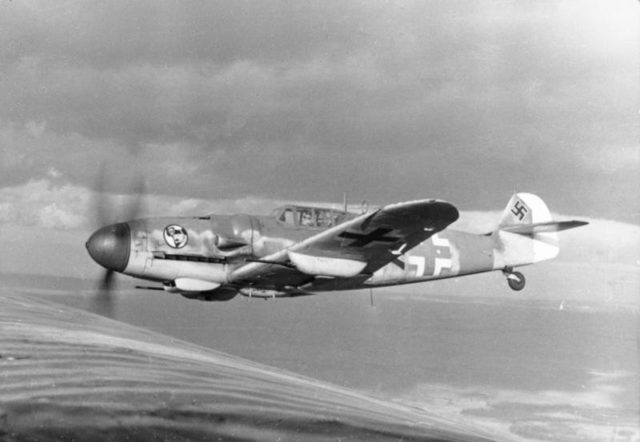
The plane, piloted by Charles Brown of West Virginia, had sustained the damage to the aircraft’s nose, and with two engine disabled it was slowing down. Brown lost his position in the formation and had been left behind to endure enemy fire. Another engine went at that moment. Internal oxygen was depleting, and half the rudder was gone too. Electrical systems were failing. His weapons had jammed, he’d lost part of the nose and an elevator, and most of his crew were now injured. Brown himself suffered a wound in his right shoulder.
The pain had to be endured because the morphine on board had frozen. There could be no calling for help, as the radio has been destroyed.
Stigler took off from below and flew to Brown’s plane. The exterior damage to the aircraft allowed him to see inside to the suffering of the crew. Stigler was a fighter pilot with integrity. As a young pilot, a commanding officer had told him, “You are fighter pilots first, last, always. If I ever hear of any of you shooting at someone in a parachute, I’ll shoot you myself.”
Stigler tried to direct them to a German airfield, hoping that they would land and surrender. Brown and his crew did not understand and fly on. He tried to guide them to neutral territory in Sweden, but again, they didn’t understand.
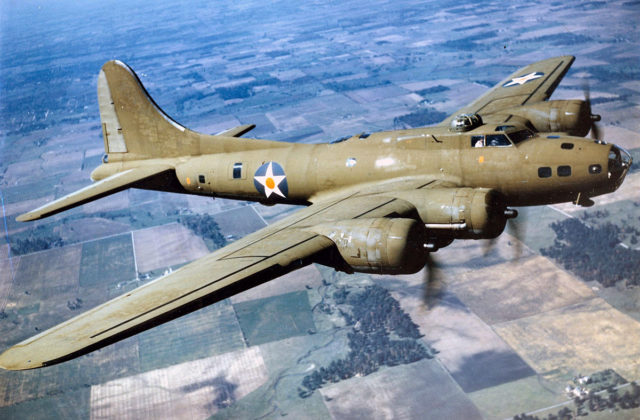
Stigler moved to a formation on Brown’s port side wing to protect him from further German fire. Brown told his crew to aim the dorsal turret gunner at Stigler to warn him off, but not to fire.
The brave and compassionate Stigler remained on the bomber’s wing all the way to the coast to get the bomber safely over open water.
Now that the bomber was safe, Stigler looks into the bomber’s cabin, saluted Brown and his crew, and flew back into German airspace.
Brown was able to make it back to England where he reported the incident to his officers. He was told not to repeat the story. The officers seemed to want to prevent their men from having positive feelings about enemy pilots. Brown later said, “”Someone decided you can’t be human and be flying in a German cockpit.”
Stigler kept his mouth shut too. His act of bravery and compassion would have put him at risk of execution.
Many years later, in 1986, Brown began a search for Stigler. He finally found him in 1990, living in Canada. The two formed a friendship that lasted until their deaths, both in 2008.
A Peaceful Christmas Eve in WWII Germany
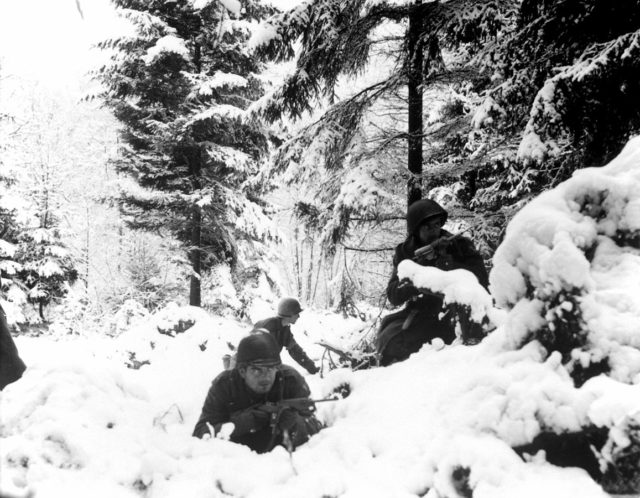
One Christmas Eve during the Battle of the Bulge, a young boy, and his mother were alone in their forested cabin, safe from the icy cold, and they thought, from the enemy soldiers hiding in the countryside.
Mrs. Vincken and her son, Fritz, heard someone at the door. She opened it to find a group of US soldiers. One had been wounded. She brushed aside her fears of execution for helping the enemy and let the soldiers in her house. She did not speak English, and they spoke no German, but the two parties were able to converse in French.
Not long after the soldiers had settled in, there was a loud and sharp knocking at the door. Mrs. Vincken was frightened that it could be German soldiers, so she opened the door carefully. She had been right. There was a very high likelihood that if the German soldiers had no mercy, that she would be shot for harboring the Americans, even if it had been only for those few moments.
The brave woman stepped outside and told the German soldiers that she would serve them a hot dinner but that it was Christmas Eve, and she had guests. She asked the Germans to leave their guns in her shed because, even though they might not like her visitors, Christmas Eve was a night of peace.
She then took the guns of the Americans and hid them away as well.
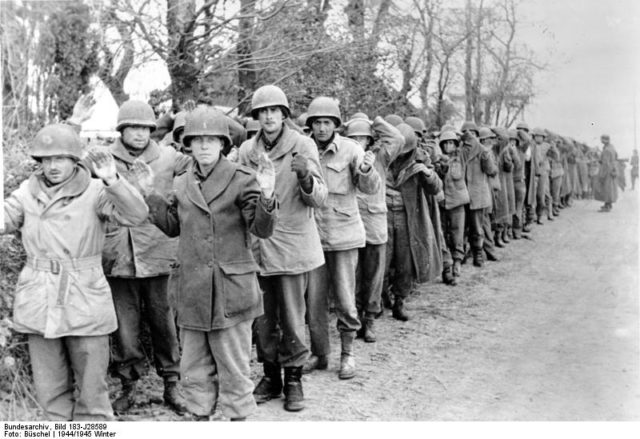
The German soldiers, having honored her request, stepped inside. The atmosphere was awkward at first, until one of the German soldiers, a medic, began work on dressing the wounds of one of the Americans.
Fritz Vincken recounted the incident in an interview with WII History Network: “Then we added more ingredients to our stew and invited these enemies to sit down together for dinner. One of the German soldiers, an ex-medical student, fixed the wounded American and then Mother read from the Bible and declared that there would be at least one night of peace in this war — Christmas night in the Ardennes Forest. After a good nights rest, they said their goodbyes and went on their way. The German soldiers told the Americans, which way their camp was and gave them a compass to find their way.”
Fritz credits his mother’s personality and generosity when asked why the German soldiers did not turn her in. “I think it was my mom’s personality and her persuasiveness to have them rest for one peaceful night. There was a place to stay, hot food, and shelter from the cold and they appreciated that.”
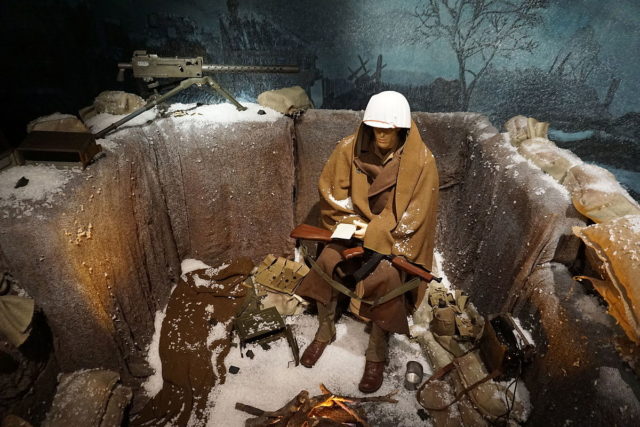
Mrs. Vincken never saw any of those soldiers again, but Fritz has been reunited with two of the Americans. He now lives in Hawaii.
“Many years have gone since that bloodiest of all wars, but the memories of that night in the Ardennes never left me. The inner strength of a single woman, who, by her wits and intuition, prevented potential bloodshed, taught me the practical meaning of the words: ‘Goodwill Toward Mankind’ . . . I remember mother and those seven young soldiers, who met as enemies and parted as friends, right in the middle of the battle of the Bulge.”
Saved by Enemy Police -Healed by Enemy Doctors
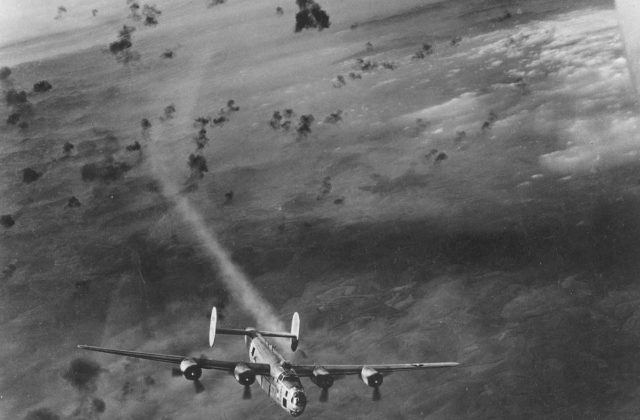
A fresh, young, pilot of only 22, Richard Carroll was in the midst of his 15th mission when his B24 was hit by flak. The propeller was out, and there was nothing to do, but for the untrained crew to attempt parachuting. Though they never had before, they all bailed out over Hungarian farmland.
It was a terrible place for US soldiers to land. Rural Hungarians were incensed at the losses they had suffered from Allied bombers. The farmers had lost property, and worse – friends and family. They came running, set upon seeking justice with shovels, spades, and at least one gun.
Carroll was shot in the heart. Just after the shot was fired, another Hungarian farmer emerged from the cornfield. He hit him so hard on the head that Carroll later related that the sound was as of a baseball crack against a bat in a major league game.
Then the Hungarian police arrived. They came through the crowd of angry locals to rescue Carroll from the angry horde bent on his demise and then hurried him away to a military hospital that was caring for POWs.
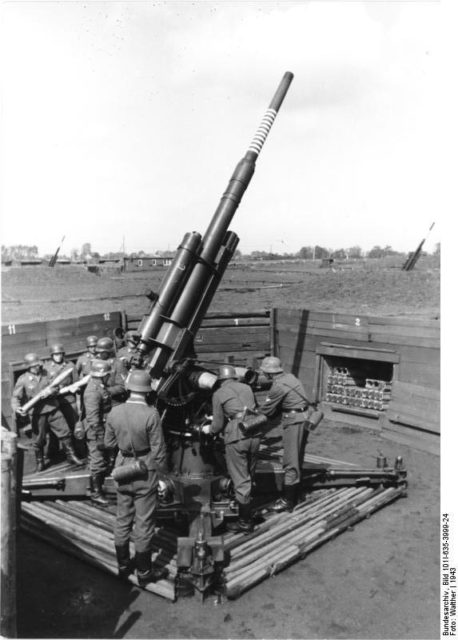
His heart was bleeding, but doctors and nurses did not know if removing the bullet was a good idea. He also had a blood clot in his leg that could cause death if it dislodged.
They worked on him repeatedly, never entirely giving up hope, but he was given his last rites as a Catholic.
The clot healed in five days, but a fragment of the bullet is still lodged in his heart, even today. Following the hospital, he was taken to a POW camp on the Baltic Sea where he and 10,000 other men ate rotten potatoes and slept on hard beds.
After a year, with Russians advancing into the area, the camp guards left the prisoners behind. Carroll and other American POWs were taken to France and then sent home.
Carroll now tells this and other war stories to school children throughout his native Minnesota.
